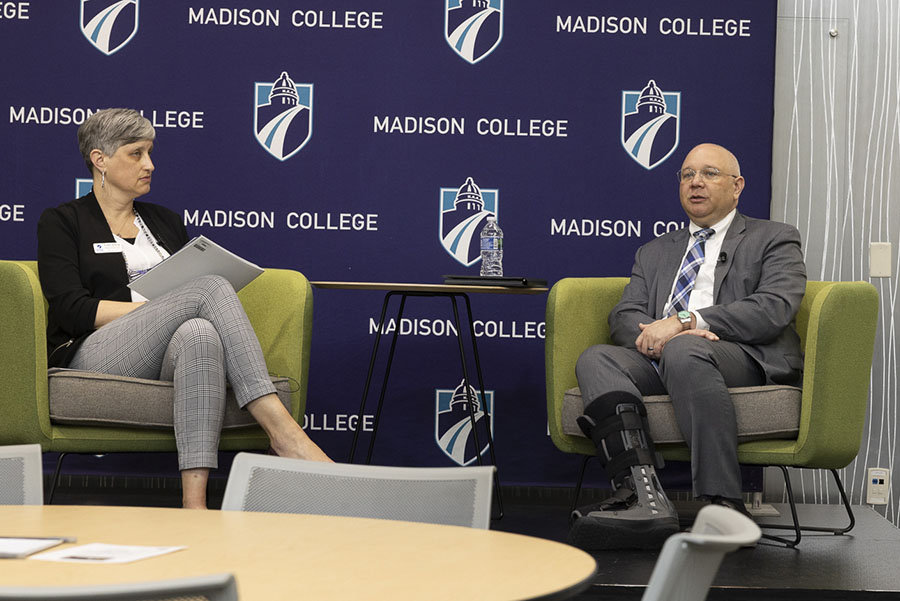For many students, how a candidate will treat financial aid is a huge deal. It can affect their ability to go to school greatly.
According to Jennifer Hoege, the director of Enrollment Services for Madison College, at least 1 out of 5 students receive financial aid funding of some kind. This reflects a national trend. Seventy five percent of American families say that college is not affordable. When considering aid options Hoege hopes candidates remember community colleges and the vital, immediate contribution they make to the workplace.
President Obama’s platform on financial aid is straightforward. The funding for Pell grants have doubled under his administration. With the Student Aid and Fiscal Responsibility Act of 2010, Pell grant size has increased along with more relaxed eligibility for grants. Part of the Act is an increase in student loan limits and an expansion of the Perkins Loan Program.
On Obama’s slate for higher education next term is an 8 billion dollar investment in community colleges. His future agenda includes a doubling of work-study positions, and the reauthorization of the American Opportunity Tax Credit for higher education.
Mitt Romney’s views on financial aid are fueled by the belief that the cost of higher education is out of control. He believes that increases in financial aid fuel skyrocketing costs.
Talking points from the Romney campaign relate his stance that institutions need to find ways to keep costs down and pass those savings on to students by way of lower tuition. His plan calls for strengthening and simplifying the financial aid system. Private sector participation and replacing regulation with innovation are other ideas.
Very little in his higher education platform deals in specifics of aid programs and dollar values. He favors cutting loan and grant programs, and diverting Pell money to the students most in need.
Hoege encourages students to learn as much as they can about their own financial aid, about candidates views and how it all hits their wallet. Student loan debt now outstrips national credit card and auto loan debt. The debt explosion increases the burden on taxpayers and could threaten the economy. On the other hand, even a small increase in student loan interest rates is a big hit to one’s pocketbook.


























